Top Things to Know Before Buying an Indoor Garden System
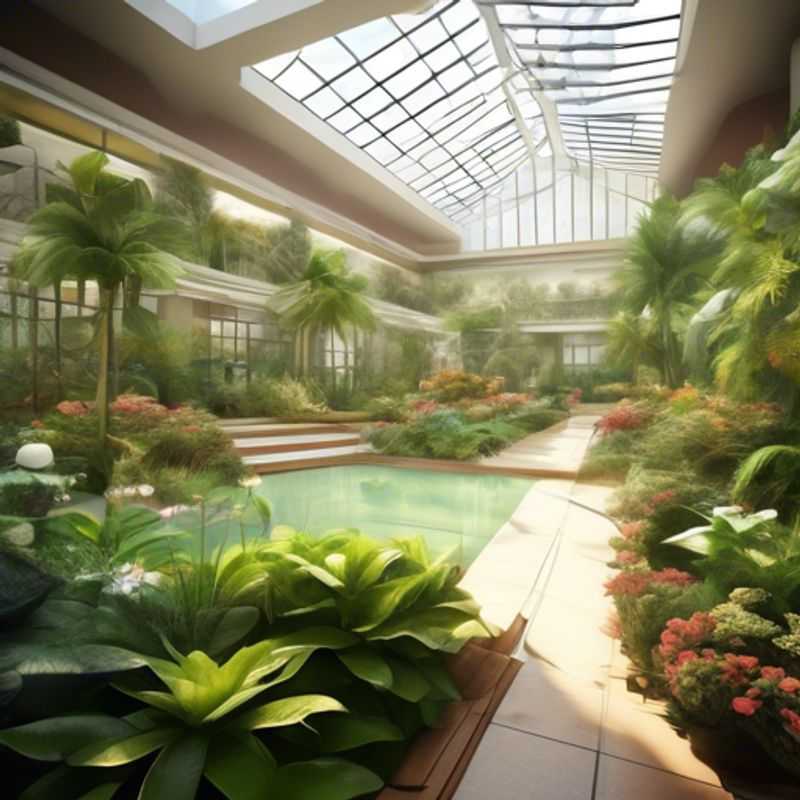
Top Things to Know Before Buying an Indoor Garden System: Space, Lighting, Maintenance, System Types, Power Consumption, Warranty & Support, Long-Term Costs
Ah, the allure of fresh herbs and vibrant vegetables, right in your own home!
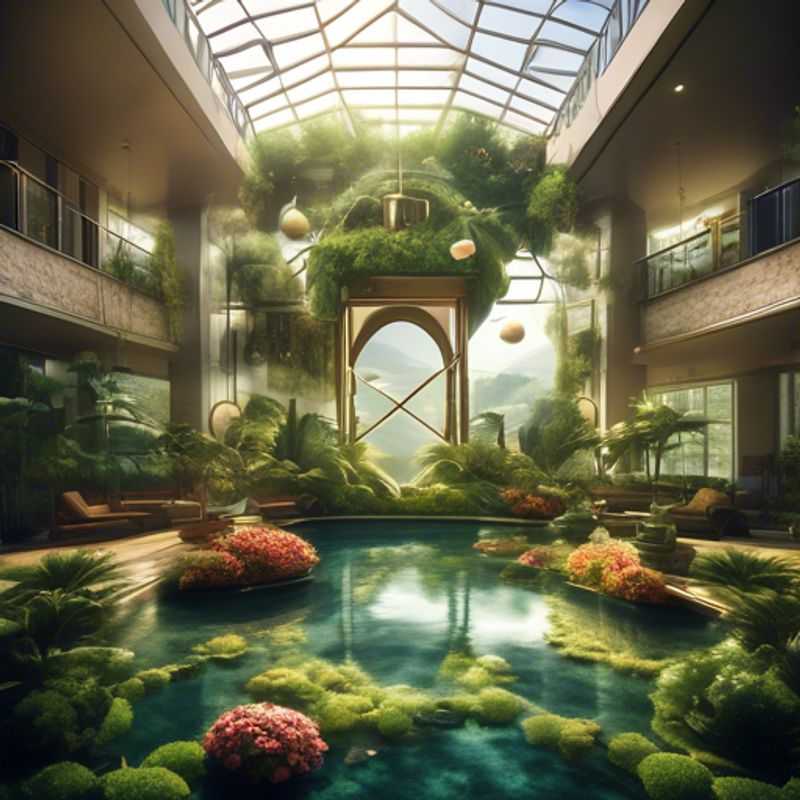
Measure Twice, Design Once: Sizing Up Your Indoor Space for the Perfect System
Determining the size and layout of your indoor space is crucial for choosing the right HVAC system. An accurate assessment ensures you get the right size unit, preventing over or undercooling. It also optimizes energy efficiency and comfort.
Start by measuring the square footage of each room. Include the floor area, excluding closets and unfinished basements. Add up the total square footage to get the overall space to be cooled or heated.
Consider the layout of your home. Open floor plans and vaulted ceilings require more cooling than enclosed spaces with standard ceilings. The number of windows and their orientation also play a role.
Factor in your climate. For hotter climates, you'll need a system with higher cooling capacity. Likewise, colder climates require a system with adequate heating capacity. Additionally, consider insulation levels and whether your house is well-ventilated.
Evaluate your lifestyle. Large families or frequent entertaining require more powerful systems than smaller households.
Consult with a professional HVAC contractor. They can assess your specific needs, analyze your space, and recommend the most suitable system for your home. This includes determining the size of the unit, type of system, and optimal placement.
Consider the costs involved. HVAC systems come in various sizes and types, each with a unique price range. Get quotes from multiple contractors to compare prices and features. Remember to factor in installation costs, ongoing maintenance fees, and energy consumption.
By accurately assessing your space and understanding your needs, you can choose the right HVAC system for your home. It's an investment that ensures comfort, energy efficiency, and a healthier indoor environment.
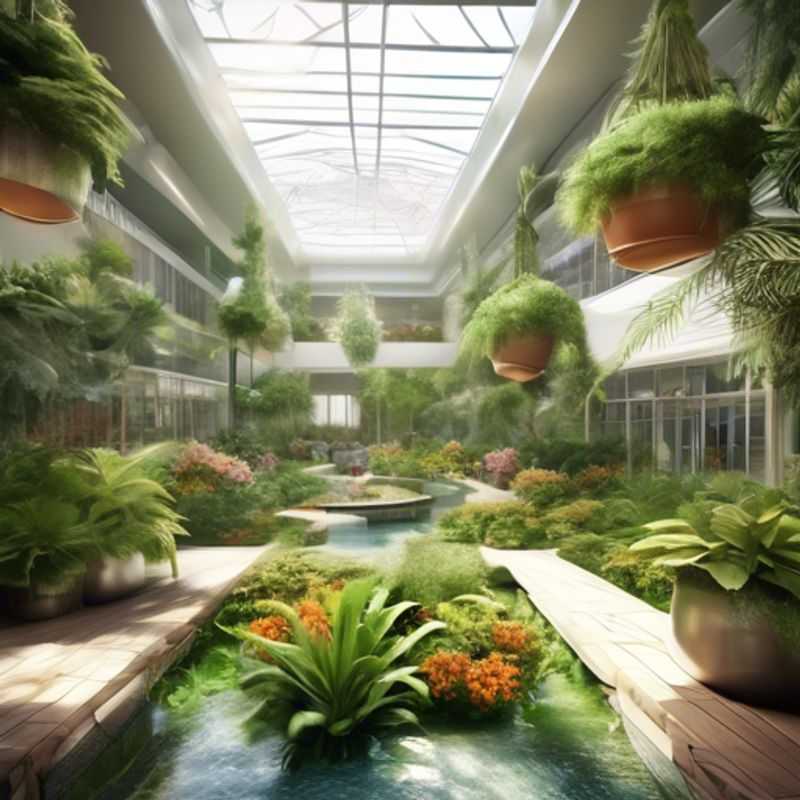
Light Up Your Garden: Tailoring Lighting to Your Plants' Needs
Before you begin cultivating your very own indoor garden, it's absolutely crucial to carefully consider the lighting requirements of the plants you intend to grow. Just as different plants thrive in diverse environments, their light needs also vary considerably.
Plants require light for photosynthesis, the process that converts sunlight into energy, enabling them to grow and flourish. Understanding the specific light requirements of each plant is key to ensuring its success.
For example, some plants, like ferns and orchids, prefer low-light conditions, while others, such as tomatoes and peppers, need bright, direct sunlight.
To determine the appropriate lighting for your plants, you need to consider several factors, such as the type of plant, the amount of natural light available in your home, and the desired growth rate.
If you're looking to cultivate plants that need more light than your home provides, consider investing in artificial lighting.
Various types of grow lights are available, including fluorescent, LED, and HID, each with its own advantages and disadvantages. Research the specific lighting needs of your plants and choose the grow light that best suits their requirements.
Remember, understanding the lighting needs of your plants is crucial for successful indoor gardening. A little bit of research and the right lighting can help your plants thrive and bring a touch of nature indoors.
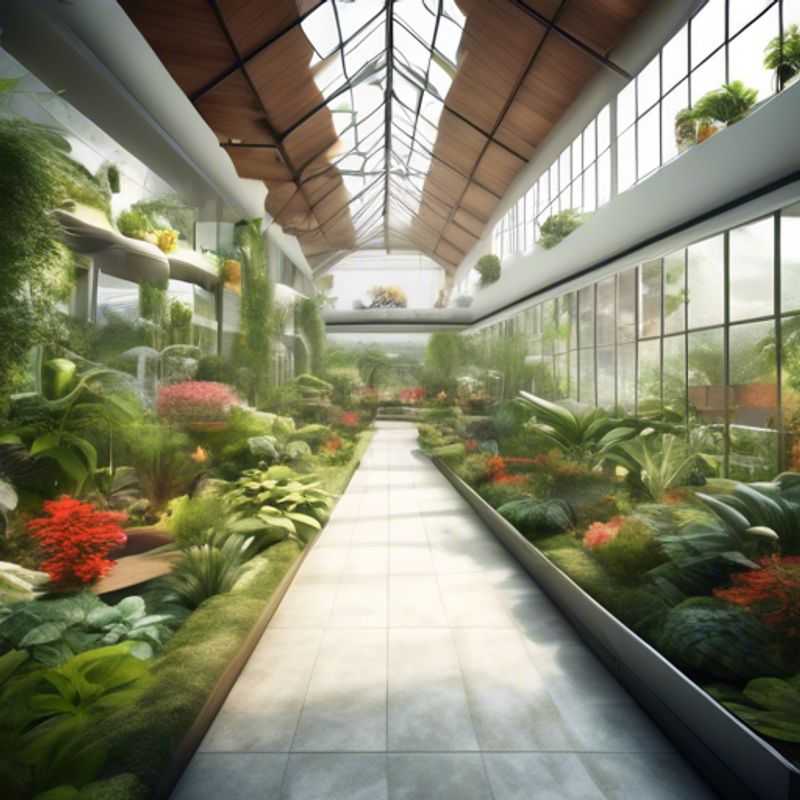
Beyond the Beauty: Evaluating Your Plant's Maintenance Needs
Evaluating the maintenance needs of your plants, trees, or lawn is crucial for their health and longevity. There are three key aspects to consider: watering, pruning, and pest control.
Watering frequency depends on the plant type, soil type, and climate. Ensure the soil is moist but not soggy, and adjust watering based on these factors. Overwatering can be as harmful as underwatering.
Pruning involves removing dead, diseased, or overgrown branches or leaves. Proper pruning encourages healthy growth and prevents disease spread. It's best to prune during the dormant season, typically in late winter or early spring, for most plants.
Pest control aims to prevent and manage insects and diseases. Regular inspection can help identify problems early on. Use organic methods like beneficial insects or neem oil for pest control if possible. In severe cases, consult a professional for chemical solutions.
When planning your maintenance, consider the following factors: plant species, climate, soil type, and budget. You can hire professionals for watering, pruning, or pest control services, but these come with additional costs. Remember, a well-maintained landscape requires ongoing attention and care, so it's essential to prioritize these needs for a thriving outdoor space.
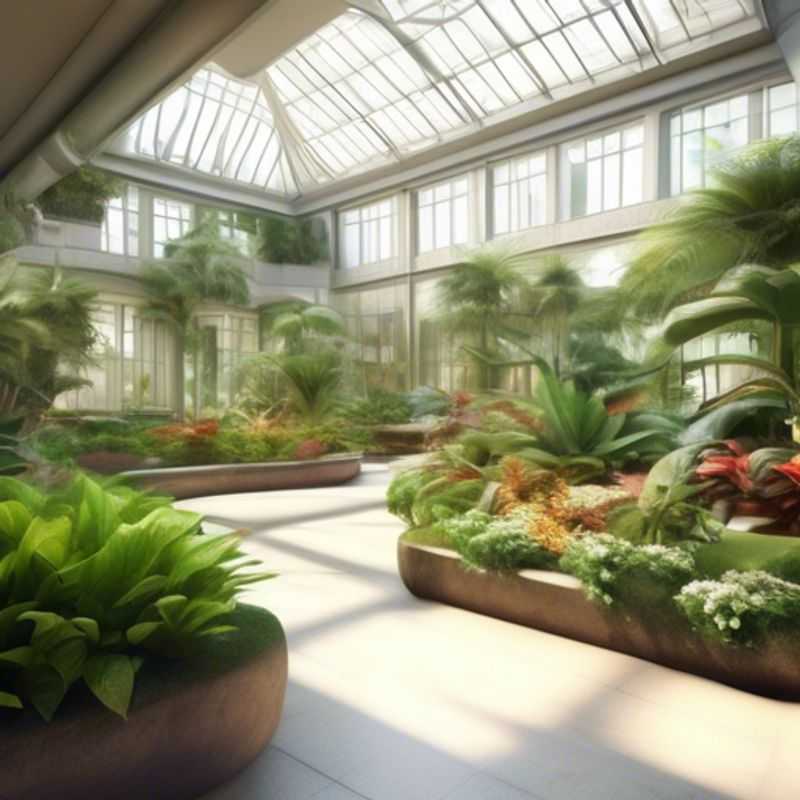
Cultivating Your Indoor Oasis: A Guide to Different Garden Systems and Their Features
Indoor gardening offers a way to grow fresh produce year-round, regardless of climate. Several systems cater to different needs and preferences. Let's dive into the most popular types.
Hydroponic systems utilize nutrient-rich water solutions instead of soil. This method promotes faster growth and requires less space. They typically involve a reservoir, a pump, and a growing medium like rockwool or clay pebbles.
Aeroponic systems take hydroponics a step further by suspending plants in the air and misting them with nutrient-rich solutions. This method provides excellent oxygenation to roots and fosters rapid growth, but can be more complex to set up.
Aquaponics systems combine fish farming and hydroponics. Fish waste provides nutrients for plants, creating a sustainable closed-loop system. This method is eco-friendly and offers a unique way to grow fresh food.
Vertical gardening systems take advantage of vertical space by stacking plants in tiers. These systems are ideal for smaller spaces and offer increased yields per square foot. They come in various designs, from wall-mounted planters to self-watering towers.
LED grow lights are essential for indoor gardening, providing the specific wavelengths of light plants need to thrive. They come in various forms, including panels, strips, and bulbs.
Remember: When choosing an indoor garden system, consider your space, time commitment, and desired plant types. Each system has its advantages and disadvantages, so thorough research is key to selecting the best option for you.
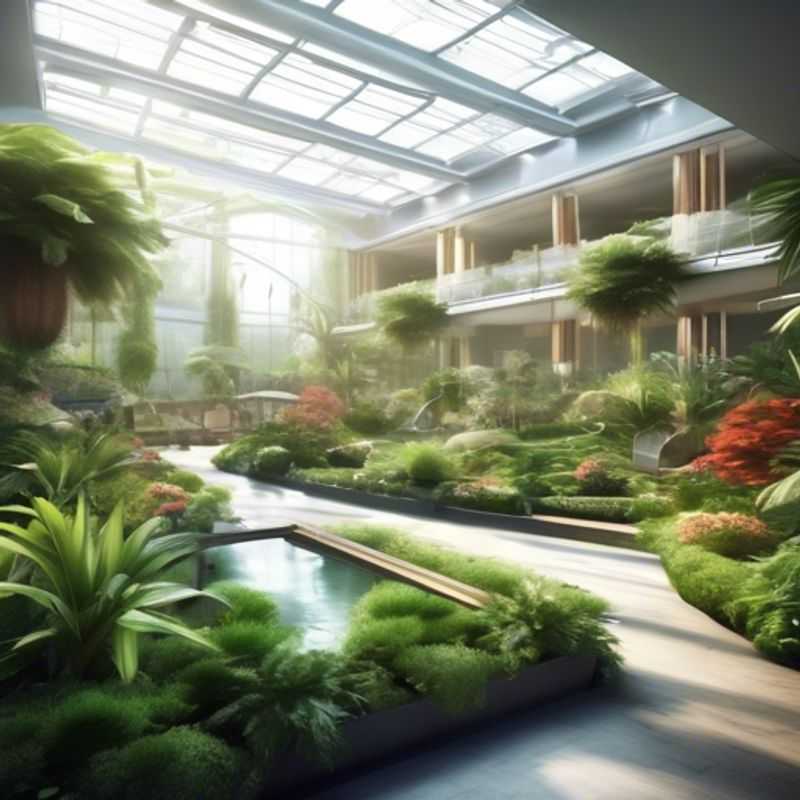
Understanding the Power and Water Consumption of Your System: Efficiency at its Core
Understanding the power and water consumption of your system is crucial for both environmental responsibility and cost-effectiveness. Let's delve into the key aspects:
Power Consumption: This refers to the amount of electricity your system uses. Key factors influencing power draw include the type of hardware (e.g., processors, graphics cards), the workload it handles, and the system's efficiency. It's essential to consider power-saving features like sleep modes and energy-efficient components.
Water Consumption: This aspect is typically associated with data centers and server farms. These facilities require substantial cooling systems to prevent overheating, which in turn consume significant amounts of water. Cooling technology innovations are constantly being developed to minimize water usage.
Estimating Costs: To effectively manage power and water consumption costs, consider these key elements:
* Electricity Rates: The cost per kilowatt-hour (kWh) varies depending on your location and provider.
* Water Rates: Similar to electricity, water prices fluctuate based on your location and usage.
* System Utilization: How actively your system is used directly affects its energy and water consumption.
By understanding these key factors and implementing efficient practices, you can significantly reduce your environmental impact and lower operational costs.
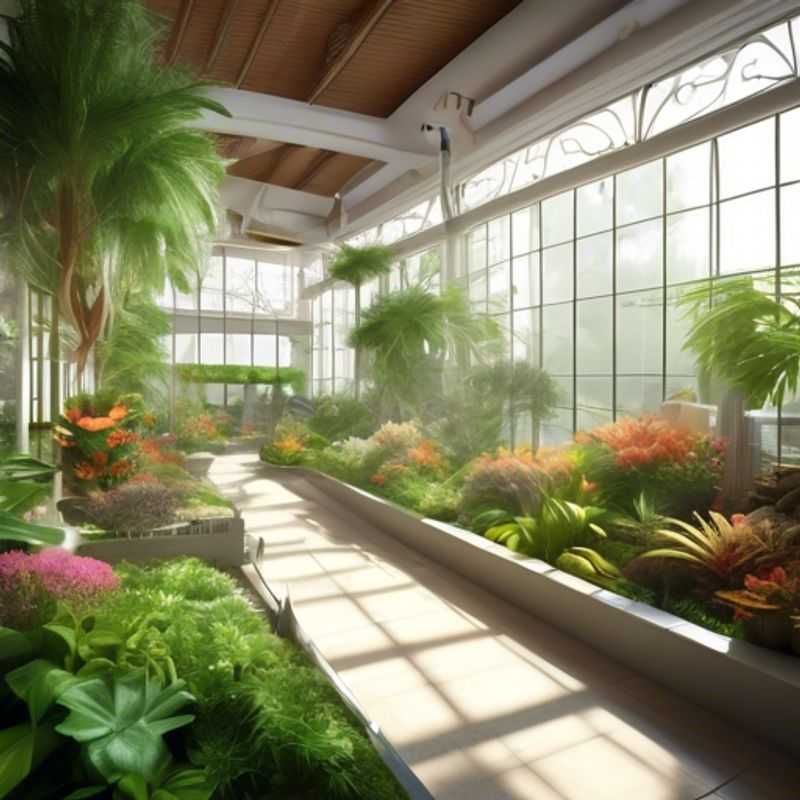
Beyond the Price Tag: Checking Manufacturer Warranty & Support
Before making a significant purchase, particularly for electronics or appliances, it's crucial to understand the warranty and customer support provided by the manufacturer. This information can significantly impact your experience and save you potential headaches down the line.
A warranty is a promise from the manufacturer to repair or replace a defective product within a specific time frame. It outlines the terms and conditions under which they will address issues, and this is a valuable part of the buying decision. Read the warranty carefully before you purchase the product. Note the duration of the warranty (typically in years) and what it covers. Some warranties are limited, only covering manufacturing defects while excluding damage due to misuse or accidents. Be aware of any exclusions.
Customer support refers to the manufacturer's ability to assist you when you encounter problems with their product. Look for information about their customer support channels, such as phone numbers, email addresses, and online forums. Also, check their reputation for responsiveness and helpfulness. Review websites and forums to gauge the experiences of other customers.
Understanding the warranty and customer support policies can save you money and stress in the long run. It's a proactive step that can help you make a more informed and confident purchase.
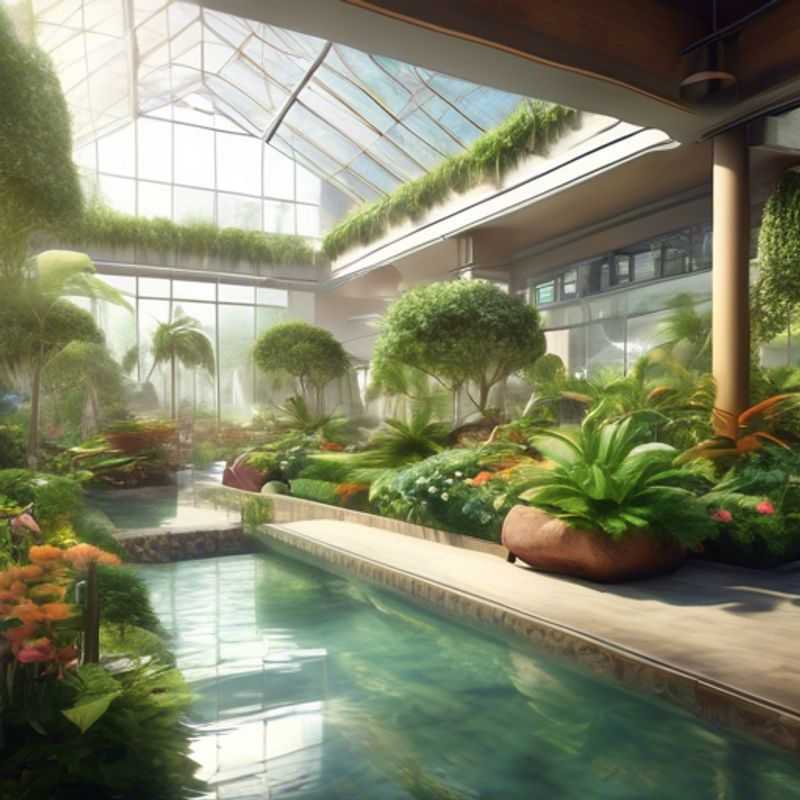
Cultivating Long-Term Success: Planning for the Costs of Maintaining Your Indoor Garden
An indoor garden can be a rewarding hobby, but it’s crucial to consider the long-term costs before diving in. While initial setup costs are significant, the ongoing expenses are what you’ll be dealing with for years to come. So, let's explore the key areas to factor in:
Electricity: Lighting is crucial for indoor plants, and the energy bill can be a substantial expense. LED grow lights are generally more energy-efficient, but they still require a considerable amount of power, especially during the winter months.
Water: You'll need to water your plants regularly, and depending on your garden size, water bills can add up. Consider a water-efficient irrigation system to minimize waste. Additionally, if you use a hydroponic system, you may need to purchase specialized nutrient solutions.
Growing Medium: Soil, coco coir, or other growing media needs replacement periodically. Depending on your chosen medium and plant type, this can be a recurring cost.
Fertilizers and Nutrients: Just like soil, fertilizers need to be replenished. Depending on your plant needs, you might use organic fertilizers, chemical fertilizers, or specific nutrient solutions, each with varying costs.
Pest and Disease Control: An indoor garden is a controlled environment, but pests and diseases can still arise. You may need to invest in pesticides or other control measures, which can be a recurring expense.
Maintenance and Repairs: Over time, you may need to replace parts, like bulbs, filters, or even the entire growing system. This can be factored in as a long-term expense.
Tools and Supplies: You'll need tools like pruning shears, watering cans, and possibly even measuring instruments to track your plants’ progress. These are one-time purchases, but they add up over time.
Insurance: If your indoor garden is valuable, consider insurance to protect your investment from unforeseen events like power outages, floods, or pests.
By considering all these factors, you can create a realistic budget and ensure that your indoor garden thrives for years to come. Remember, these are just general guidelines. The actual costs will depend on your specific setup, plant selection, and location.
